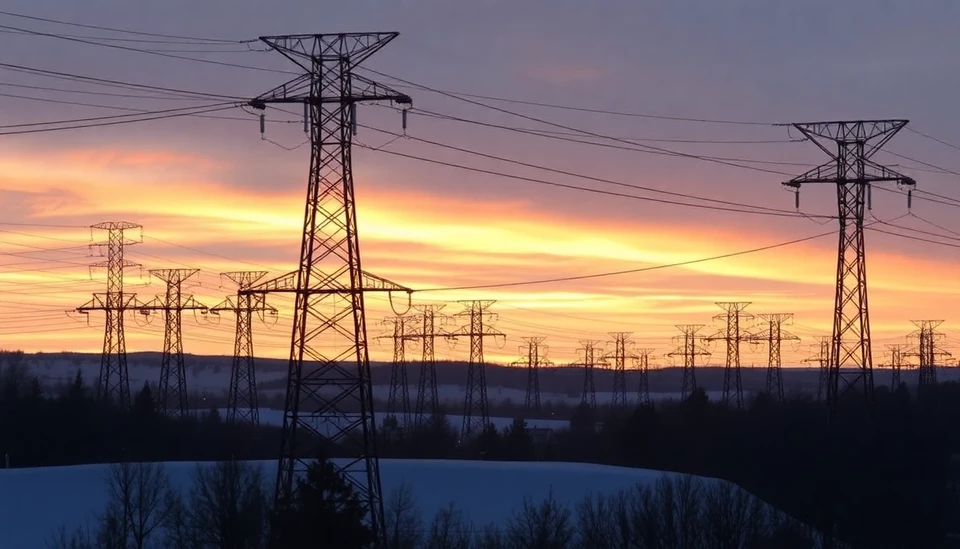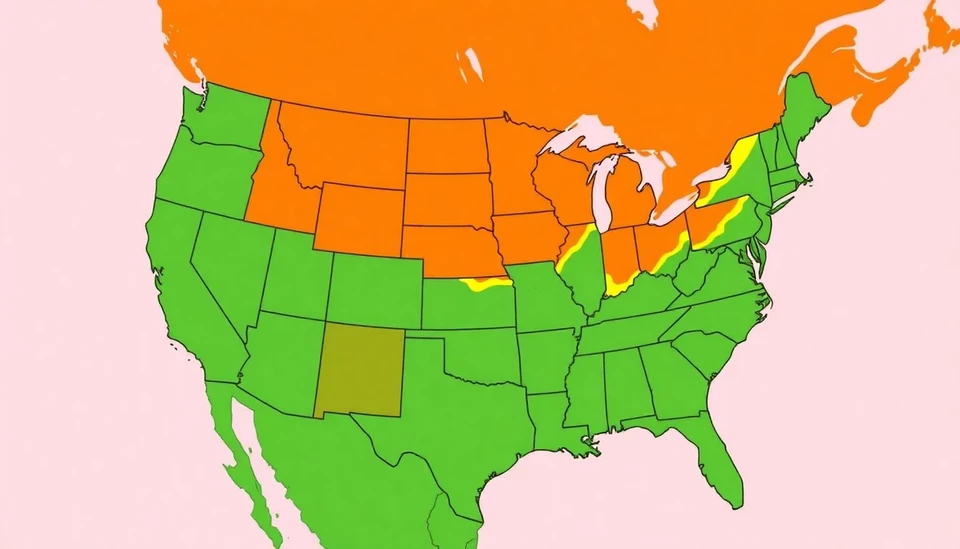
In a significant development for the American power sector, the largest electric grid in the United States has issued a serious alert due to surging demand driven by a chilly weather front across the region. As temperatures dropped sharply, the need for electricity soared close to record levels, raising concerns about the stability of energy supply during peak usage times.
This alert from the grid operator, known for connecting millions of households and businesses, reflects growing challenges faced by the U.S. as extreme weather becomes more frequent. The combination of economic growth, increasing energy consumption, and aging infrastructure has made managing fluctuating demand more complex. Power operators have warned that failures in the system could lead to outages, which would have widespread consequences for consumers and the economy.
Forecasts show that temperatures across the Midwest and Northeast dipped significantly, triggering a spike in heating needs. Many households and businesses turned up their thermostats, leading to an unprecedented draw on electricity supplies. This abrupt increase has prompted grid managers to issue a warning, urging users to conserve energy wherever possible to avoid any potential disruptions.
Experts emphasize that this scenario is a stark reminder of the vulnerabilities present within the U.S. energy grid. Texas, for instance, experienced a similar crisis during a cold snap in 2021, showcasing the dire risks when energy systems are pushed to their limits. The current situation serves as a critical test of the grid’s resilience in the face of extreme climate conditions.
Authorities have been closely monitoring the situation and are preparing contingency plans to mitigate the risks associated with this surge in demand. Energy efficiency measures and demand response strategies will be crucial in managing load and ensuring that essential services remain operational throughout this frigid period.
As this winter progresses, the strains on the U.S. grid could become more pronounced, particularly as climate change continues to influence weather patterns. With the potential for more severe conditions in the coming weeks, stakeholders across the energy sector are being urged to collaborate to strengthen the grid's infrastructure and improve its capacity to handle such spikes moving forward.
In conclusion, this alert underlines the necessity for ongoing investment in energy infrastructure, alongside the adoption of renewable sources as part of a transition to a more resilient and sustainable electric grid.
As citizens brace for continued cold weather, energy conservation remains paramount. Staying informed and proactive can help mitigate the risks posed by this winter's extreme conditions.
#EnergyAlert #ElectricGrid #ColdWeather #PowerDemand #WinterWeather #EnergyInfrastructure #Resilience #SustainableEnergy
Author: Victoria Adams




